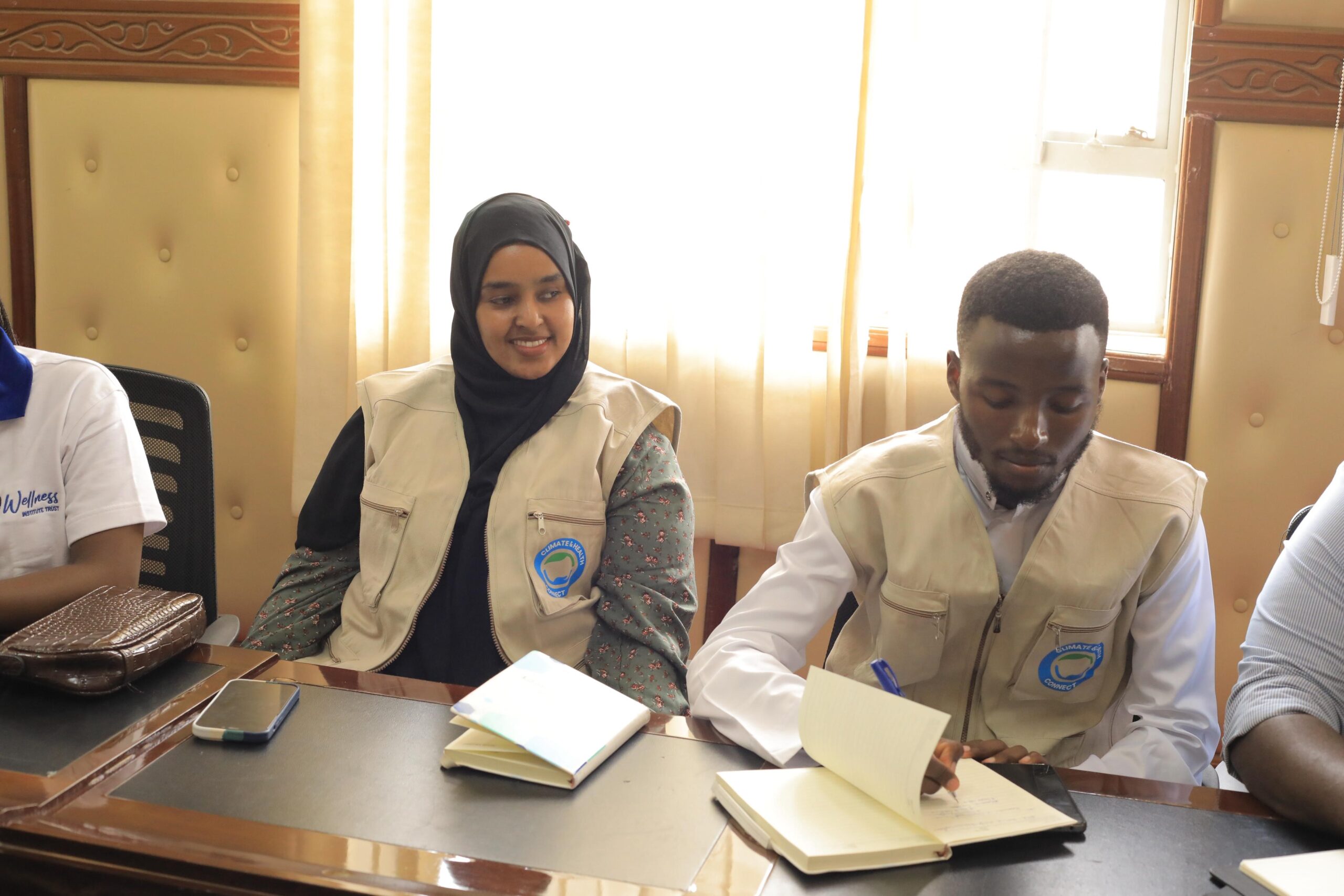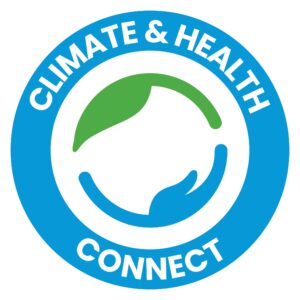
Wajir Today: What is hepatitis, and what types should the public be aware of?
Dr. Hamdi: Hepatitis is inflammation of the liver, typically caused by viral infections. The main types include Hepatitis A, B, C, D, and E. Hepatitis A and E are usually short-term and spread through contaminated food and water. Hepatitis B and C can become chronic, leading to severe conditions like liver cancer or cirrhosis. Hepatitis D only occurs in individuals already infected with Hepatitis B, making co-infection even more dangerous.
Wajir Today: Why is World Hepatitis Day so significant?
Dr. Hamdi: World Hepatitis Day is a global call to action. Hepatitis kills over 1.3 million people annually, yet many don’t know if they have it. The day reminds us that hepatitis is both preventable and treatable. It pushes for increased testing, vaccination, and political commitment to addressing this public health threat.
Wajir Today: How common is hepatitis in Kenya and particularly in Northern Kenya?
Dr. Hamdi: In Kenya, around 5.6% of people live with Hepatitis B, and 0.9% with Hepatitis C. In Northern Kenya, counties like Wajir, Garissa and Mandera, community screenings suggest even higher rates, possibly between 6–8% for Hepatitis B. Limited data and underdiagnosis mean the actual numbers could be even higher.
Wajir Today: Which type of hepatitis is most prevalent in Northern Kenya?
Dr. Hamid: Hepatitis B is the most common in this region. Community outreach by local health organizations has uncovered positivity rates as high as 7–8% in some sub-counties.
Wajir Today: How is hepatitis transmitted?
Dr. Hamid: Hepatitis A is transmitted through contaminated food and water, Hepatitis B via infected blood, unprotected sex, or from mother to child during childbirth while Hepatitis C is mostly spread through contact with infected blood, such as unscreened transfusions or shared needles.
Wajir Today: How can individuals protect themselves?
Dr. Hamdi: Individuals can protect themselves by getting vaccinated for Hepatitis A and B, practicing good hygiene and hand washing, avoid sharing sharp objects, ensuring safe medical practices and blood screening, encouraging pregnant women to get tested and providing newborns with the Hepatitis B birth dose.
Wajir Today: Are the vaccines effective?
Dr. Hamdi: Yes, the Hepatitis B vaccine is over 95% effective. The Hepatitis A vaccine offers long-term immunity. While there is no vaccine for Hepatitis C, treatment can cure more than 95% of cases.
Wajir Today: What are some common myths or misconceptions?
Dr. Hamdi: Believing hepatitis is caused by witchcraft, confusing it with HIV and Yellow fever, thinking that it only affects adults, trusting herbal remedies instead of medical treatment and believing it has no cue. These beliefs cause dangerous delays in treatment and increase stigma.
Wajir Today: Are there cultural or social barriers to prevention and treatment?
Dr. Hamdi: Yes, some of the biggest challenges include: stigma, low awareness in the community, home births without medical support, unsafe traditional practices, low health literacy, limited access to health services, especially for women and remote communities.
Wajir Today: How informed are communities about hepatitis?
Dr. Hamdi: Unfortunately, awareness is low. Many people are unfamiliar with the disease. Even health workers lack adequate training and tools for screening and management.
Wajir Today: What more should be done?
Dr. Hamdi: To eliminate hepatitis in Kenya, we need to encourage more awareness through all media and social media platforms, scale up testing and awareness, make hepatitis a part of Universal Health Coverage (UHC), budget for vaccines and diagnostics at the county level, ensure access in marginalized regions like Northern Kenya. Hepatitis is a preventable tragedy. With education, vaccines, and access to care, we can save thousands of lives. As we mark World Hepatitis Day, let’s stand united against a disease we can eliminate.
————————————————————————————————————–

Climate and Health Connect (CHC) was established by Kenyan female medical doctors driven by a shared passion for addressing the intersection of climate change, health, and equity among vulnerable and marginalized communities. Click here to read more about the organization.

